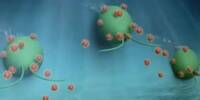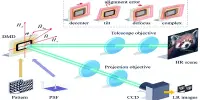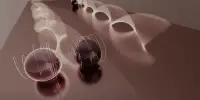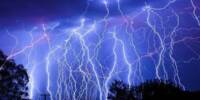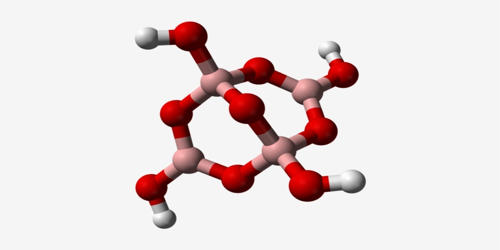Signal routing control in quantum information processing is a critical aspect of designing and implementing quantum computing systems. Quantum bits (qubits) replace classical bits in quantum information processing and can exist in superpositions of states, allowing for potentially exponential speedup in certain calculations.
Routing signals and isolating them against noise and back-reflections are essential in many practical situations in classical communication as well as in quantum processing. In a theory-experimental collaboration, a team led by Andreas Nunnenkamp from the University of Vienna and Ewold Verhagen from the Amsterdam-based research institute AMOLF has achieved unidirectional signal transport in pairs of “one-way streets.” This study, which was published in Nature Physics, opens up new avenues for more adaptable signaling devices.
Signal routing control in quantum information processing is a critical aspect of designing and implementing quantum computing systems. Quantum bits (qubits) replace classical bits in quantum information processing and can exist in superpositions of states, allowing for potentially exponential speedup in certain calculations.
Routing signals and isolating them against noise and back-reflections are essential in many practical situations in classical communication as well as in quantum processing. In a theory-experimental collaboration, a team led by Andreas Nunnenkamp from the University of Vienna and Ewold Verhagen from the Amsterdam-based research institute AMOLF has achieved unidirectional signal transport in pairs of “one-way streets.” This study, which was published in Nature Physics, opens up new avenues for more adaptable signaling devices.
We developed a versatile experimental toolbox that allowed us to control the two different types of interactions that are required to implement quadrature nonreciprocity. We were able to demonstrate the resulting unidirectional signal transport experimentally.
Jesse Slim
The new study, published in Nature Physics, introduces a new class of systems that are distinguished by a phenomenon known as “quadrature nonreciprocity.” Interference between two distinct physical processes is used to exploit quadrature nonreciprocity. Each of the processes generates a wave that contributes to the signal that is transmitted. Interference occurs when two waves, like water waves produced by two thrown pebbles, cancel or amplify each other.
This enables unidirectional signal transmission without time-reversal breaking and results in a distinct dependence on the signal’s phase, i.e. quadrature. “In these devices, transmission is determined not only by the signal’s direction, but also by its quadrature,” says Clara Wanjura, the study’s theoretical lead author.
“This realizes a ‘dual carriageway’ for signals: one quadrature is transmitted in one direction and the other quadrature in the opposite direction. Time-reversal symmetry then enforces that the quadratures always travel pairwise along opposite directions in two separate lanes.”
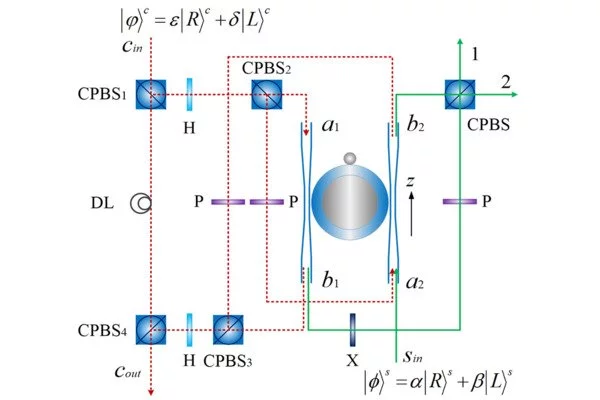
The AMOLF experimental team demonstrated this phenomenon experimentally in a nanomechanical system in which laser light orchestrates interactions among mechanical vibrations of small silicon strings. Laser light exerts forces on the strings, allowing interactions between their various vibration ‘tones’ to take place.
“We developed a versatile experimental toolbox that allowed us to control the two different types of interactions that are required to implement quadrature nonreciprocity,” says Jesse Slim, the study’s experimental lead author. We were able to demonstrate the resulting unidirectional signal transport experimentally.”
To achieve effective signal routing, researchers and engineers need to manipulate qubits and quantum gates while minimizing errors due to decoherence and other quantum phenomena. The work opens up new possibilities for signal routing and quantum-limited amplification, with potential applications in quantum information processing and sensing.

